Hot/cold pads are usually microwaveable or heated bags or pads filled a gel that can also be cooled in the freezer to function as an ice pack. When applied superficially, they have shown to have some therapeutic benefits such as reducing aches, pains, and even prevent delayed onset muscle soreness (1).
There are a ton of different kinds of hot/cold pads that vary in size, shape, and style depending on which part of the body you plan to apply it too. The means of application can also vary from pad to pad. So let’s ease in and find the right hot/cold pad for you.
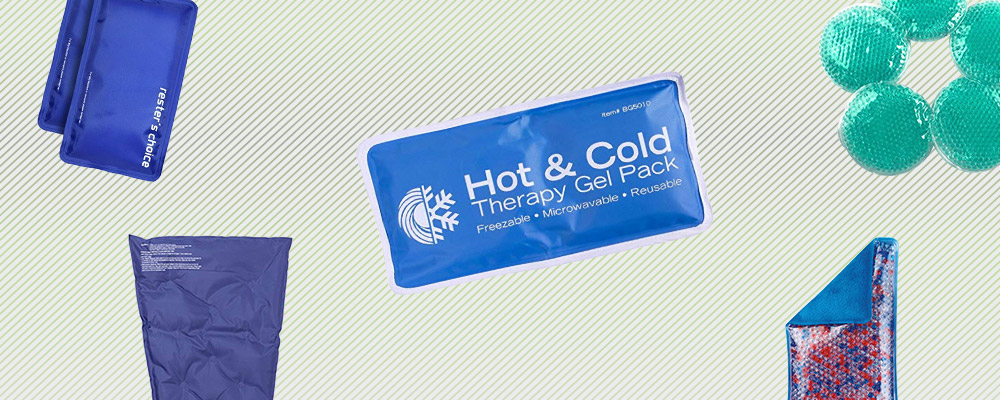
Editor’s Pick

Roscoe Reusable Cold Pack and Hot Pack
Pros:
- Sizes options available for both small and large surface areas alike.
- More affordable than most options on the market.
- Flexible even when frozen.
Cons:
- May carry a strong odor that could irritate some customers.
- Does not have a cover available in the event of a leak.
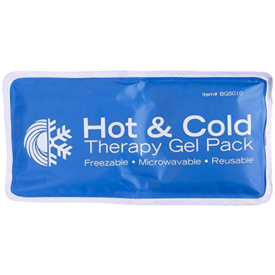
Roscoe’s Reusable Packs are a great choice for general needs. They are made from a gentle nylon that won’t irritate skin and come in small, medium, and large sizes to suit your needs. The price being on the low end of the market is also a nice detail.
Best for Lower Back
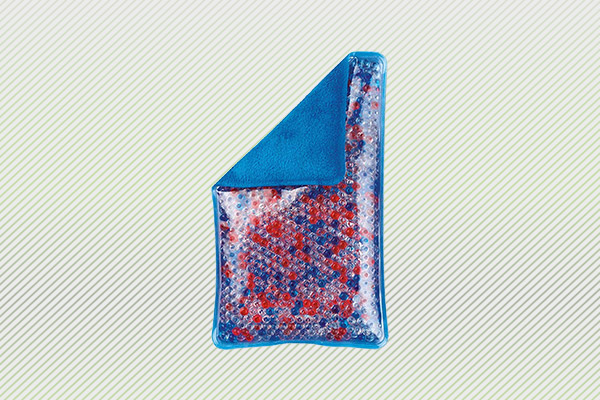
WellWear Hot/Cold Reusable Gel Bead Pack
Pros:
- Soft plush cloth on one side of the pack offers added comfort.
- Flexible gel beads can conform to most needed shapes.
- Very affordable compared to similar options.
Cons:
- May not hold cold as well as heat due to the plush on one side.
- The plastic a bit more fragile than other options.
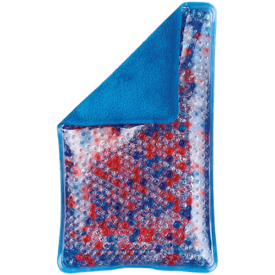
WellWear’s Reusable Gel Bead Pack excels when used on areas of particular sensitivity like the lower back. The use of beads gives these packs the added flexibility to rest comfortably over wide areas like the lower back or more angled areas like the shoulders.
Best for Shoulders, Knees, and Elbows

Rester’s Choice Gel Cold & Hot Packs
Pros:
- Two packs per order.
- Adjustable strap holds the pack in place.
- Comes with a carry bag for easy travel.
Cons:
- Slightly more expensive than comparable options.
- May need a cloth covering the skin when using as a cold pack.
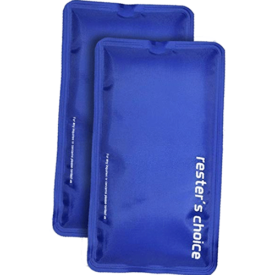
Rester’s Choice Gel Packs come with a velcro strap with a pocket that a soft-cover pack can slide into. The strap can then hold the pack over the needed spot, freeing up your hands. Each pack weighs just under two pounds and is microwave safe.
Best for Legs and Hips
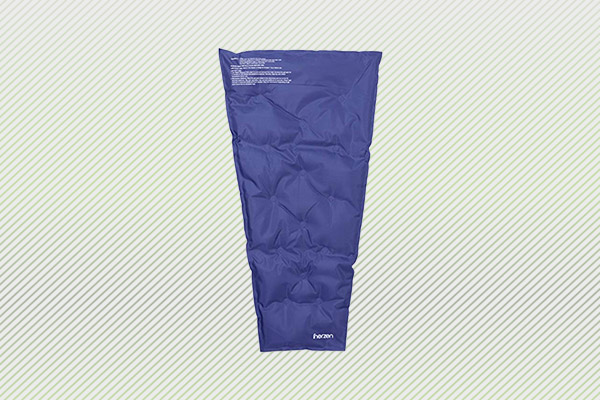
Inerzen Hot or Cold Full Leg Sports Therapy Gel Pad
Pros:
- Designed specifically for use on lower body.
- Heavy duty nylon ensures less leaks or ruptures.
- The taper may make the pad feel more balanced.
Cons:
- The large size makes microwaving more difficult.
- Heating it up likely to take longer than other options.
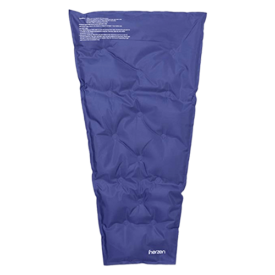
Inerzen’s Full Leg Gel Pads are made of nylon, filled with a polyacrylate gel, and measure in at 14x25inches (the top is 14inches wide and it narrows to 7inches at the bottom). These pads can retain heat or cold for up to two hours.
Best for Small Joints
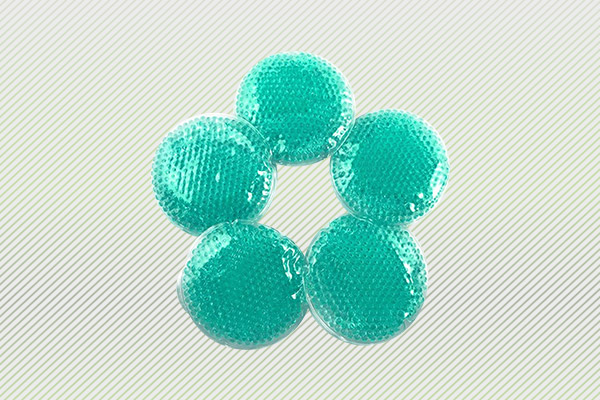
Kalo Wellness Hot Cold Gel Ice Packs for Injuries
Pros:
- Useable on face and head which might help relieve sinus or tension headaches.
- Smaller size makes for easy travel.
- Can be used on puffy or itchy eyes.
- Cost per pack is very affordable.
Cons:
- Not intended for injury prevention or recovery of larger body parts.
- May require heating incrementally rather than in one shot.
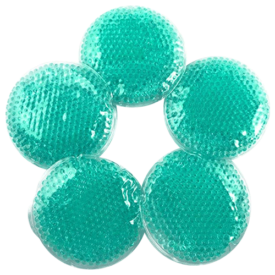
These are circular shaped packs 4inches in diameter filled with non-toxic gel beads. They are flexible enough for harder to reach areas such as knuckles and ankles without being clunky. One package comes with five hot/cold packs.
Methodology
Material
Most pads will be made of nylon, plastic, or a combination of the two. While some are designed with it in mind, they don’t feel comfortable against bare skin and will require a separate piece of cloth to alleviate the issue. Some pads come with an a plush, velvet, or similar material that can make use of the product more comfortable, particularly when using as a heated pad. If you are someone with more sensitive skin, looking for options that focus on ensuring better comfort should be a high priority.
Flexibility
A hot/cold pad’s flexibility is most important for the part of your body you need to cover. For wide areas like thighs and backs, flexibility is negligible. But for more angled areas such as backs of knees, small joints, etc. having a more flexible gel pad can make a big difference. Some hot/cold pads will maintain their flexibility even after they have been chilled.
Gel Type
There are really only two major differences to be on the lookout for, each with their own pros and cons: gel vs. gel beads. Gel is just that; the pad is filled with non-toxic gel that can mold to the needed shape and retain it when chilled. On the other hand, gel beads can allow the pad to maintain its flexibility after being chilled. Gel and gel beads will also feel different texturally.
Wrapping Up
A hot/cold pad can be excellent for recovery, injury prevention, and as general therapeutic tool. If you suffer from mild aches or pains, chances are there is a hot/cold pad that can help. Just be conscious to scout the market for which pad is best targeted for the body part in need.
References
- Mayer JM, et al. Continuous low-level heat wrap therapy for the prevention and early phase treatment of delayed-onset muscle soreness of the low back: a randomized controlled trial. 2006 Oct;87(10):1310-7.
FAQs
What are hot/cold pads?
Hot/cold pads are usually gel filled reusable pads that can function as a hot pad or ice pack.
What are the benefits of hot/cold pads?
Hot/cold pads have therapeutic benefits such as the potential to reduce aches, pains, delayed onset muscle soreness.